The Washoe Tribe and Their History Around Lake Tahoe
By: Trent Unruh
By: Trent Unruh
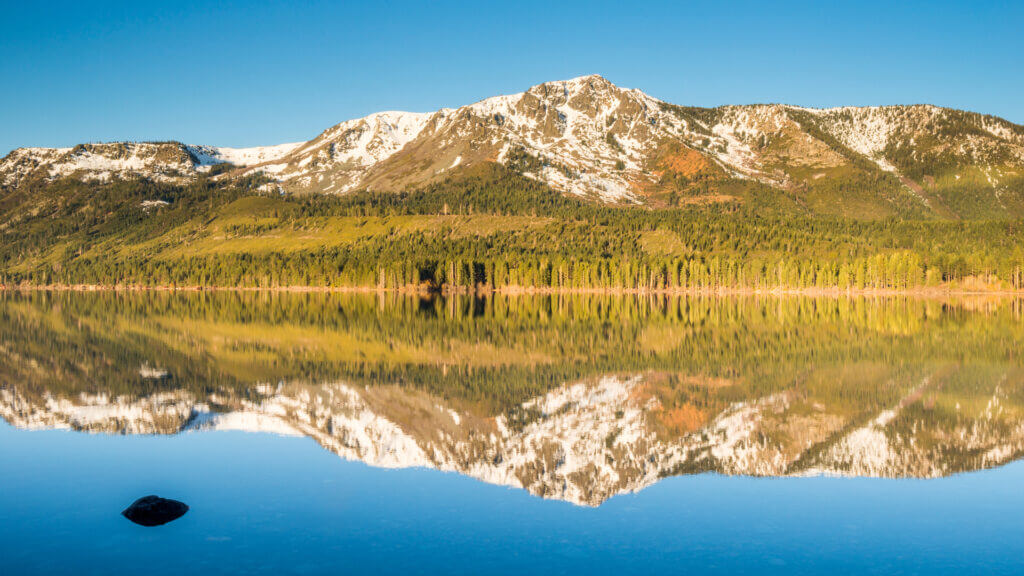
As the Wašiw (Washoe) creation story goes, the Washoe people were brought to their homeland surrounding Lake Tahoe by Gewe (the coyote) and told that this area is the place that the goddess, Nentašu, meant for them to be.
Nentašu then told all of the plants, medicines, and animals of this place to grow strong in order to provide nourishment for the Washoe and she reminded the people of their responsibility to care for this place.
One of several creation stories, the geographic and spiritual center of the Washoe world is “Da ow ga” (Lake Tahoe). Like most native people, the Washoe lifestyle revolved around the environment as the people were part of the environment and everything was provided by the environment.
Washoe tradition indicates their homeland has always included Lake Tahoe. Archeologists trace the Washoe presence at Lake Tahoe back at least two thousand years, with the lake and approximately 10,000 square miles of land surrounding the lake once home to and the responsibility of Lake Tahoe’s original locals.
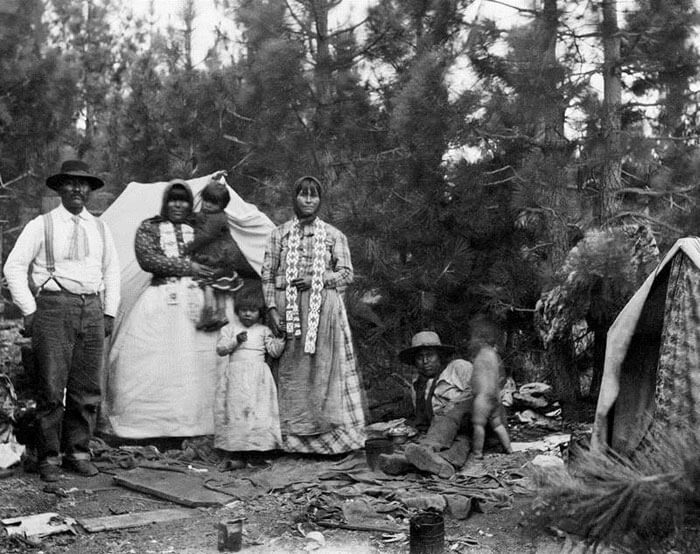
The family unit is the core of the tribe. A family was often a married couple and their children, but there were no distinct rules about how marriages and families should be formed with non-blood-related friends sometimes joining family units alongside the parents and siblings of the married couple.
Winter Camps were usually composed of four to ten family groups that lived a short distance away and these families often moved together throughout the year. The Washoe practiced sporadic leadership, so at times each group had an informal leader that was usually known for his or her wisdom, generosity, and truthfulness.
The Washoe were traditionally divided into three groups. The northerners or “Wel mel ti”, the “Pau wa lu”, who lived in the Carson Valley to the east, and the “Hung a lel ti” who lived in the south, near modern-day Woodfords. The three groups each spoke a slightly different yet distinct variant of the Washoe language. The tribe would come together throughout the year for special events and gatherings. During their yearly gathering at Lake Tahoe, each of the three regional groups camped at their family campsites along their respective side of the lake. A person might switch from the group they were born into from another side of the lake as cross-group marriages were common. Sometimes marriages even took place between the Paiute and the California tribes.
Summers were spent at Tahoe and all parts of the territory. Large Cutthroat Trout lived in all the lakes and streams along with freshwater clams and other fish. Large and small game was once plentiful and also helped sustain the tribe throughout the year.
During the fall the Washoe traveled to the pine nut hills to gather pinon nuts or to the western slope of the Sierras to gather acorns. The fall was also time for hunting. Rabbit drives were conducted throughout the valleys at the designation of the Rabbit Boss, and the meat and pelts gathered were used to sustain the people through the long winters.
During the winters the Washoe would travel to lowland valleys where the harsh winter snows of the Sierra Nevadas would be bearable. When the snow started melting, it was a time for renewal and it was time to begin the cycle of life again.
It is difficult to separate the sacred from the everyday life of the Washoe. The Washoe see every aspect of the environment as sentient beings that are deserving of respect and cooperation if humans are to survive. The Earth, its terrain, its waters, and all living and nonliving things are considered to be sacred.
An animal was never hunted for sport and plants were never gathered unless they were going to be used. No parts of the animals were wasted and enough individuals of a species were always left to reproduce. Before they hunted, the hunters performed a sacred ritual. When they killed an animal, the hunter prayed and asked forgiveness for taking a life. Special celebrations were held before the first fish was taken from the annual spawning. Fish remained abundant year after year because the Washoe were mindful to not deplete the populations or disrupt nature’s reproductive cycles. Often, they caught only the male fish and left most of the females to spawn.
Elders in the tribe had special status and wisdom that they accumulated throughout their lives. They were the keepers of fire, and they taught the Washoe traditions they had learned from their grandparents. For this reason, the old ones were treated with great respect. No one ever passed by an elder without saying something and elders were always fed before anyone else at a feast.
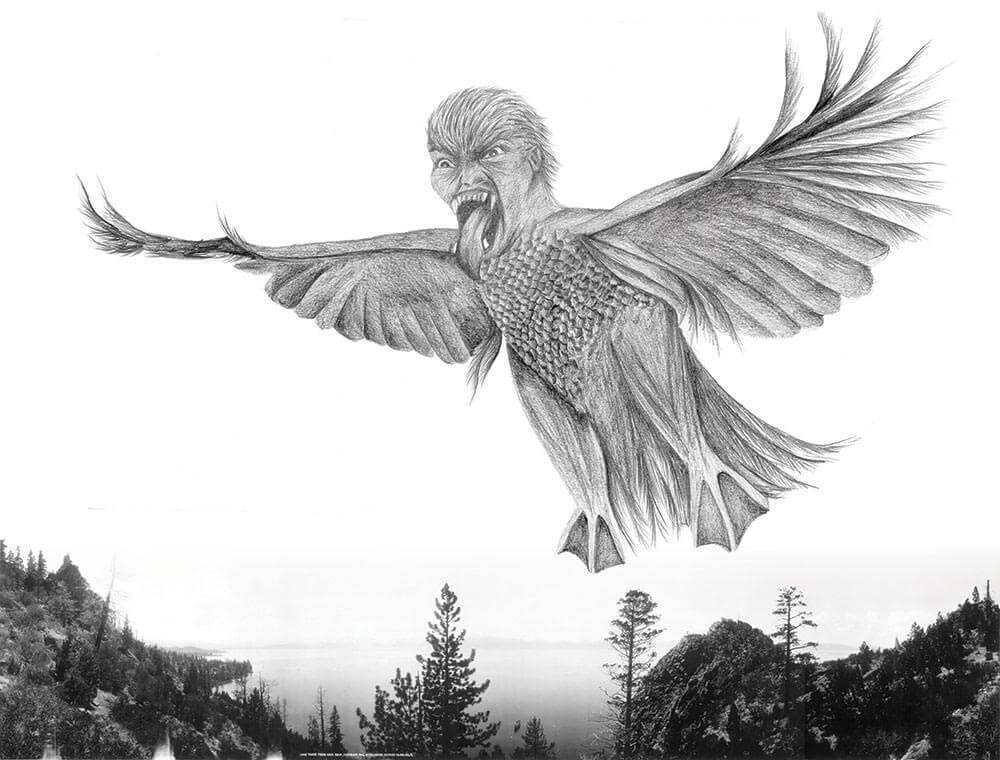
Washoe legends tell of several creatures that have special powers and lived in the Washoe territory. “Water Babies” inhabited all bodies of water and were considered very powerful, sometimes causing illness or death to a person, but could also be a good omen. Washoe healers visited the sacred Cave Rock, where the Water Babies lived, to consult with them, bring offerings of respect, and renew their powers.
There was also a giant man-eating bird named Ong that nested in the middle of Lake Tahoe. Ong was so large and so powerful that his wing beats could bend the trees when he flew near shore. Legend tells that one day a Washoe man was snatched up by Ong and taken to his nest and was able to escape by throwing several arrowheads into Ong’s open mouth. A storm raged through the night, but by morning the monster was dead.
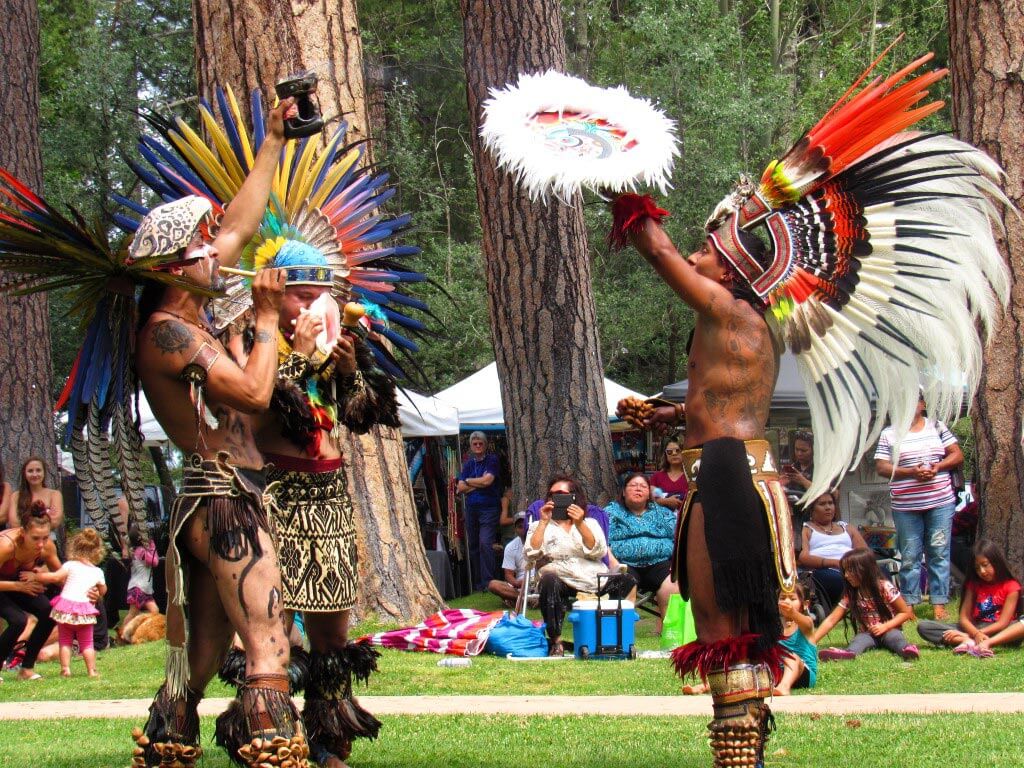
The discovery of gold and silver attracted immigrants from around the world to the American West, and evidence shows that from 1848 to 1863 the Lake Tahoe area was overrun by miners, settlers, and others. This influx of people and industry disrupted the fragile balance, and the Washoe way of life was no longer possible. After contact with non-Indian cultures (or the “encroachment” as the Washoe and Federal Government describe it), the Washoe endured as a people, with many continuing ties to the lake after being forced from family camps and upland resource areas. They maintained remnants of their cultural traditions even as their leaders struggled for political and social reforms and requested land and protection for their resources.
Today, approximately 1,500 enrolled members of the Washoe Tribe of Nevada and California live on tribal lands scattered in the Reno, Carson Valley, and Gardnerville areas of Nevada and Woodfords, California. An active tribal government continues to lobby for a land base in the Lake Tahoe basin and works with federal and state agencies and private landowners to protect locations important to Washoe heritage.
To learn more about Washoe heritage and culture, visit the following locations:
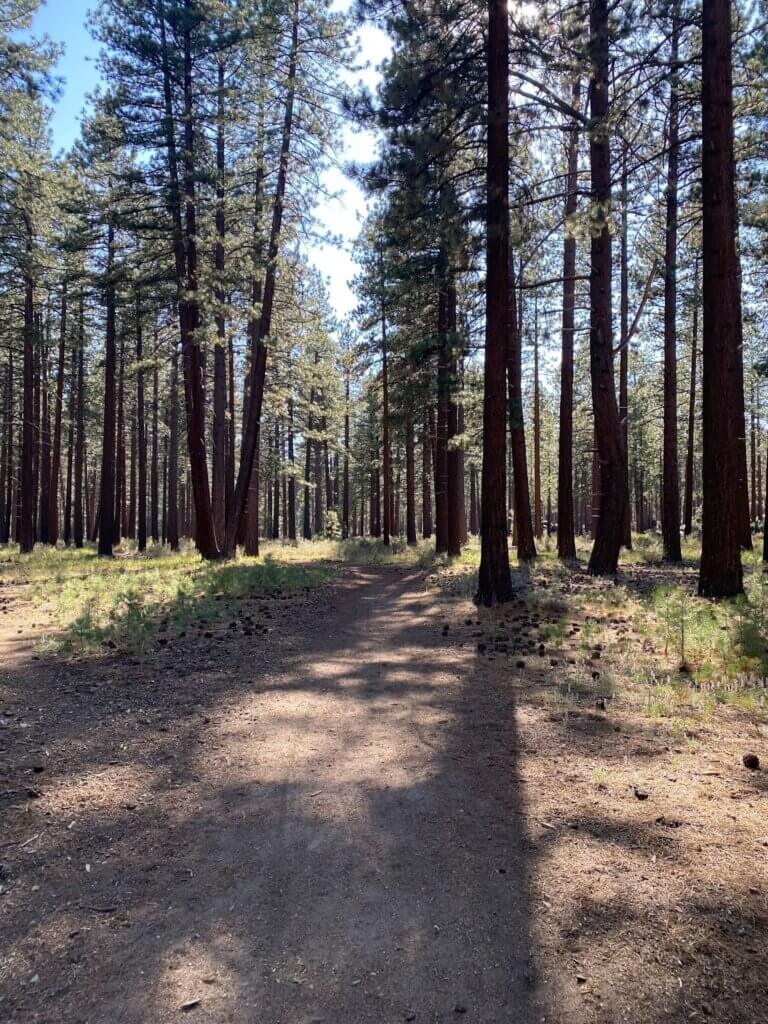
Sources: Washoe History and Washoe Tribe History: Past and Present by the Washoe Tribe of California and Nevada.
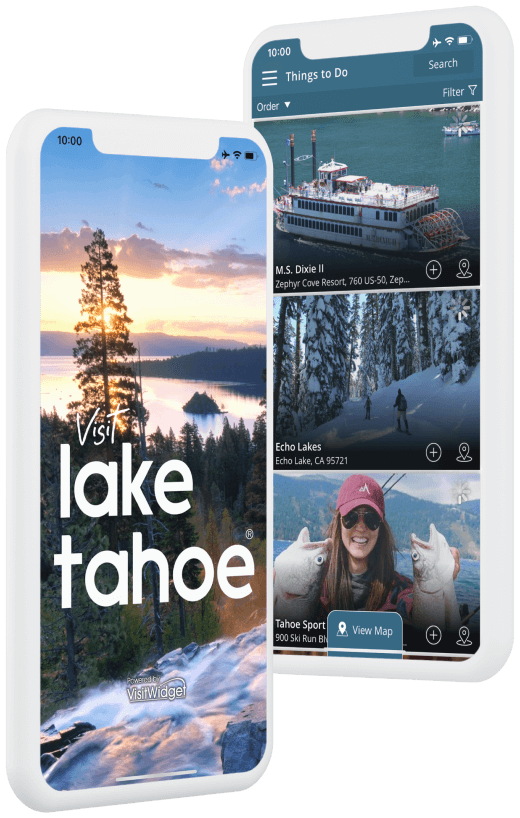
Start Planning
Plan Your Trip Today!
Make planning easy with this guide to all the must-see vistas, must-eat dishes and must-experience attractions.
Plan Your Trip